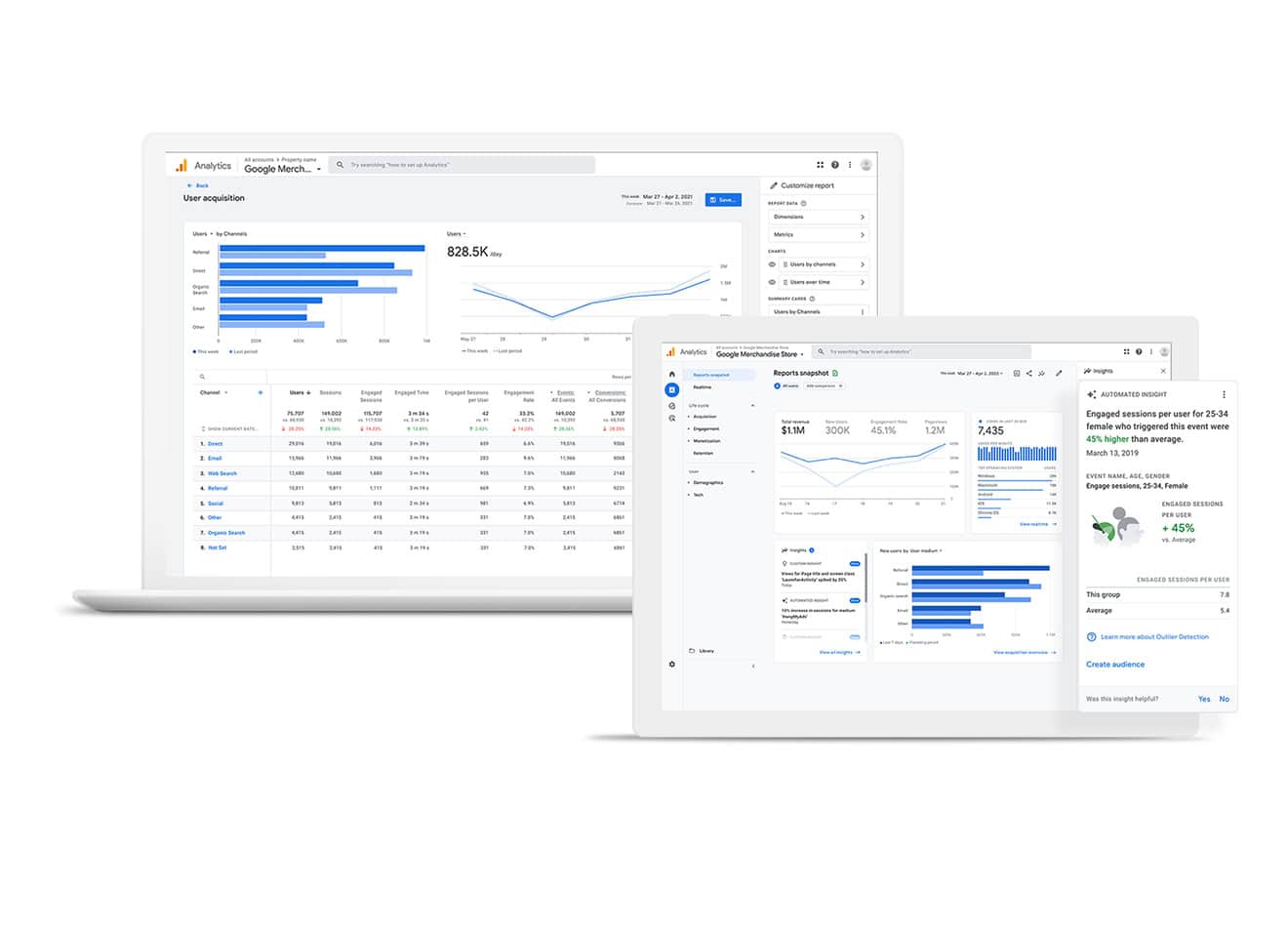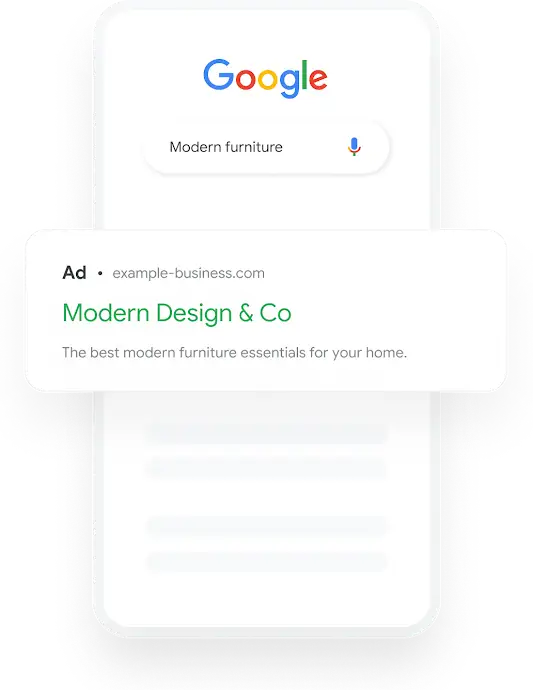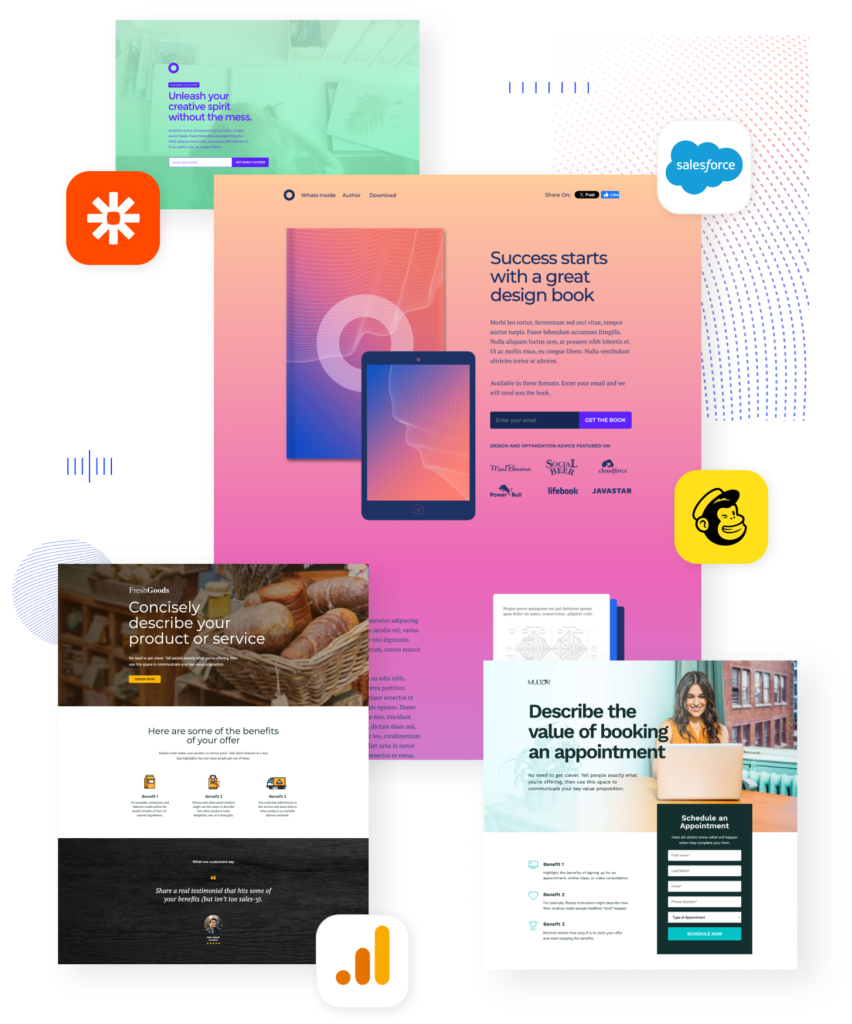Getting the Most Out of Google Ads: A Complete Guide to Successful Digital Marketing In the constantly changing world of digital marketing, Google Ads is a particularly useful tool for companies trying to improve their online visibility and increase conversions. However, a number of important factors determine how successful your advertising campaigns will be. From identifying your target audience to creating a recognizable brand image, this post will explore key tactics that can help you improve your Google Ads performance. Any effective advertising campaign starts with a thorough understanding of your target market. Understanding your target audience’s demographics, needs, and online behavior can have a big impact on your advertising approach.
Key Takeaways
- Understanding your target audience is crucial for creating effective ad campaigns
- Compelling ad copy should be clear, concise, and tailored to resonate with your target audience
- Choosing the right advertising platforms can maximize your reach and engagement
- Utilizing visual content can capture attention and convey your message effectively
- Monitoring and analyzing ad performance is essential for optimizing your advertising strategy
Commence by developing comprehensive buyer personas that encompass demographic data, hobbies, issues, and online conduct. You can use this information to better target your messaging and make sure the right people see your advertisements. Also, using resources like Google Analytics & social media insights can yield important details about the tastes & routines of your audience.
You can determine trends and patterns that guide your ad targeting by examining this data. For example, you can plan your advertisements to run during peak hours for optimal visibility if you find that a sizable percentage of your audience interacts with your content during those times. The following stage is creating attention-grabbing ad copy after you have a firm grasp of your target market.
Highlighting the special features of your product or service, your ad copy should be succinct but compelling. To entice clicks, use powerful action verbs & emotional cues. As an alternative to “Our software is easy to use,” you could say, “Transform your workflow with our user-friendly software today!” Moreover, adding pertinent keywords to your ad copy is essential for increasing its visibility in search results. Don’t stuff your sentences with keywords, though; instead, concentrate on making them flow naturally. You can improve your strategy over time by using A/B testing to find out which messages your audience responds to the most from various iterations of your ad copy.
| Ad Campaign Metrics | Results |
|---|---|
| Impressions | 10,000 |
| Click-through Rate (CTR) | 3% |
| Conversion Rate | 5% |
| Cost per Click (CPC) | 0.50 |
| Return on Investment (ROI) | 150% |
Despite Google Ads’ strength, it’s important to think about other online destinations where your target audience may be. Social media sites like Facebook, Instagram, LinkedIn, and even TikTok might provide more engagement opportunities, depending on your target audience. It is essential to match your advertising strategy with the platforms that best fit your target audience because each platform has its own distinct user base and strengths. Because of its professional focus, LinkedIn might be the best place to place your ads if you’re targeting professionals or business-to-business clients.
On the other hand, Instagram or TikTok might offer more potent engagement opportunities if you’re targeting a younger audience. Your reach can be increased and you can make sure that you’re reaching potential clients where they are most engaged by spreading your advertising across a variety of online channels. Visual content is essential for drawing in viewers and getting points across in the fast-paced digital world of today.
Adding top-notch photos, videos, or infographics to your advertisements can greatly increase their impact. In addition to improving the aesthetics of your advertisements, visuals aid in the clear and concise communication of complex information. Make sure the visual content you create for your advertisements speaks to your target audience and is consistent with your brand identity. If you’re advertising a luxury product, for instance, choose images that are elegant and sophisticated to match that image.
Also, since studies indicate that video content can result in higher engagement rates than static images, think about using video ads to tell a story or show how your product functions. Your Google Ads campaigns must be continuously monitored and analyzed to be successful. Use Google Ads’ integrated analytics tools to monitor key performance indicators (KPIs), including return on ad spend (ROAS), click-through rates (CTR), and conversion rates. You can determine which advertisements are doing well & which might require changes by routinely analyzing these metrics.
Also, think about implementing conversion tracking to gauge how well your advertisements are influencing the desired actions on your website. You can use this information to improve your targeting tactics and gain insights into consumer behavior. For example, low conversion rates but a high click-through rate (CTR) can mean that although your ad is getting clicks, the landing page experience needs to be improved. Advanced Options for Targeting.
With the help of advanced targeting features on social media sites like Facebook and Instagram, you can target particular demographics according to their location, interests, and behaviors. You can connect with your ideal audience and boost the efficacy of your advertising investment with this degree of targeting precision. distinctive ad formats. In order to improve user engagement, social media platforms offer distinctive ad formats like story or carousel ads. By using these formats, you can visually appeal to users and increase conversions by showcasing a number of products or telling a story.
increasing the visibility of a brand. Google Ads & social media advertising can be combined to create a multifaceted strategy that increases conversions and brand exposure. By using an integrated approach, you can reach users at various touchpoints, building brand awareness and eventually achieving business objectives.
In digital marketing, A/B testing is an essential technique that lets you compare two ad versions to see which one works best. This approach entails making changes to one component at a time, like the image, call-to-action (CTA), or headline, & then assessing how it affects performance indicators. You can improve the performance of your advertisements by methodically testing various iterations. For instance, make two different ads with each CTA and track the results over time if you’re not sure whether a “Learn More” or “Buy Now” button will result in more conversions. In addition to enhancing the effectiveness of individual ads, A/B testing offers insights into more general patterns about what appeals to your target audience. Finally, establishing consumer recognition and trust requires a consistent brand image across all advertising platforms.
Google Ads and social media platforms should all seamlessly integrate your brand’s voice, imagery, & messaging. The brand identity is strengthened by this consistency, which also helps build credibility with prospective buyers. Establish explicit brand guidelines that specify how your brand should be communicated and portrayed both orally and visually across various platforms in order to attain this consistency.
To ensure consistency in tone and style, make sure that every team member making advertisements is aware of these rules. In addition to increasing consumer loyalty, a strong brand image helps you stand out from the competition in a crowded market. In summary, mastering Google Ads necessitates a multifaceted strategy that includes knowing your target market, crafting effective ad copy, selecting the appropriate platforms, employing visual content, tracking results, utilizing social media advertising, running A/B tests, and developing a recognizable brand identity.
Effectively putting these tactics into practice will improve your digital marketing initiatives and produce significant business outcomes.
If you’re prepared to advance your Google Ads campaigns, begin by evaluating your present tactics and pinpointing areas that require improvement right now!
If you are interested in learning more about digital marketing strategies for small businesses, I recommend checking out the article Best Digital Marketing Agency for Small Businesses in San Francisco, California. This article provides valuable insights and tips on how small businesses can effectively market their products or services online to reach a wider audience and increase their success.
FAQs
What is an ad campaign?
An ad campaign is a series of advertisements and promotional activities designed to achieve a specific marketing goal, such as increasing brand awareness, driving sales, or promoting a new product or service.
What factors contribute to the success of an ad campaign?
Several factors contribute to the success of an ad campaign, including a clear and compelling message, targeted audience segmentation, effective media placement, creative and engaging content, and a well-defined call to action.
How is the success of an ad campaign measured?
The success of an ad campaign can be measured using various metrics, such as reach, engagement, conversion rates, return on investment (ROI), brand awareness, and customer acquisition.
What are some examples of successful ad campaigns?
Some examples of successful ad campaigns include Nike’s “Just Do It” campaign, Apple’s “Get a Mac” campaign, Coca-Cola’s “Share a Coke” campaign, and Old Spice’s “The Man Your Man Could Smell Like” campaign.
What are some common challenges in achieving ad campaign success?
Common challenges in achieving ad campaign success include budget constraints, reaching the right target audience, standing out in a crowded marketplace, measuring the impact of the campaign, and adapting to changing consumer behavior and media consumption habits.










